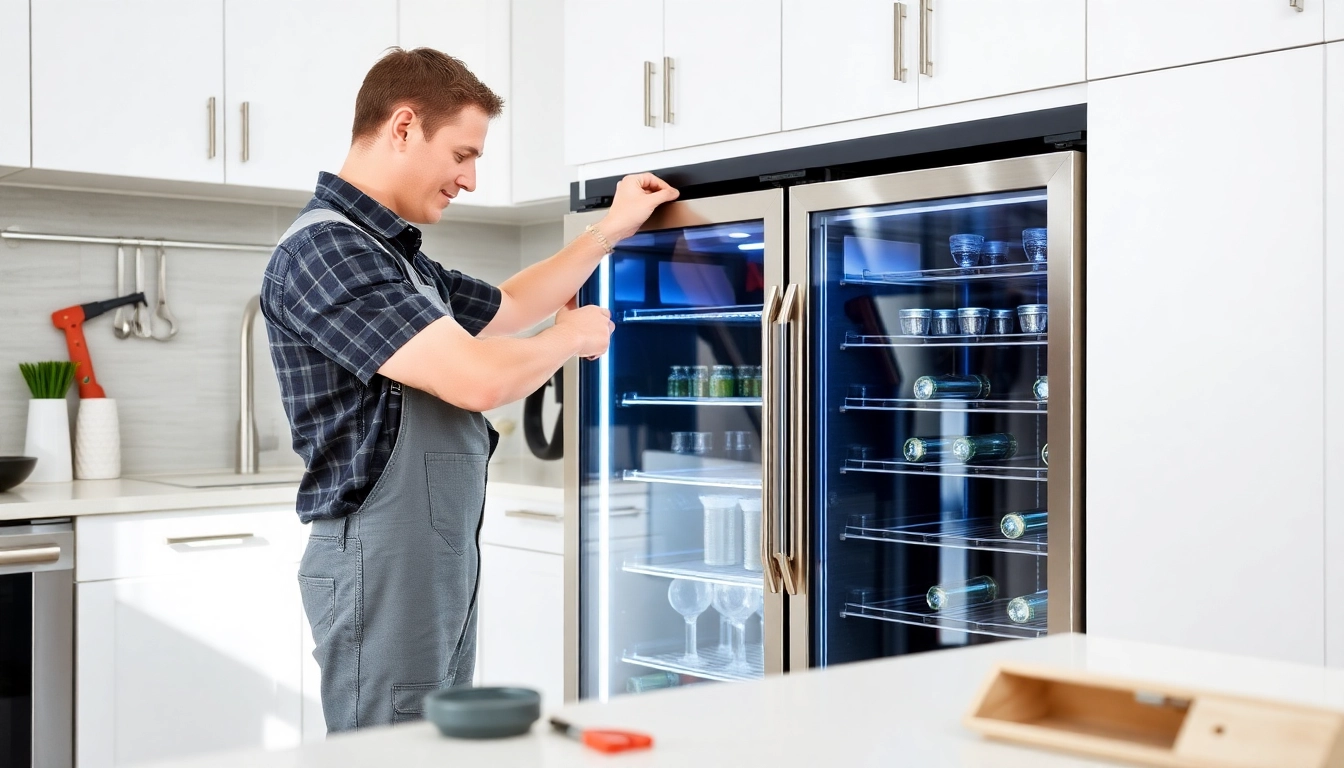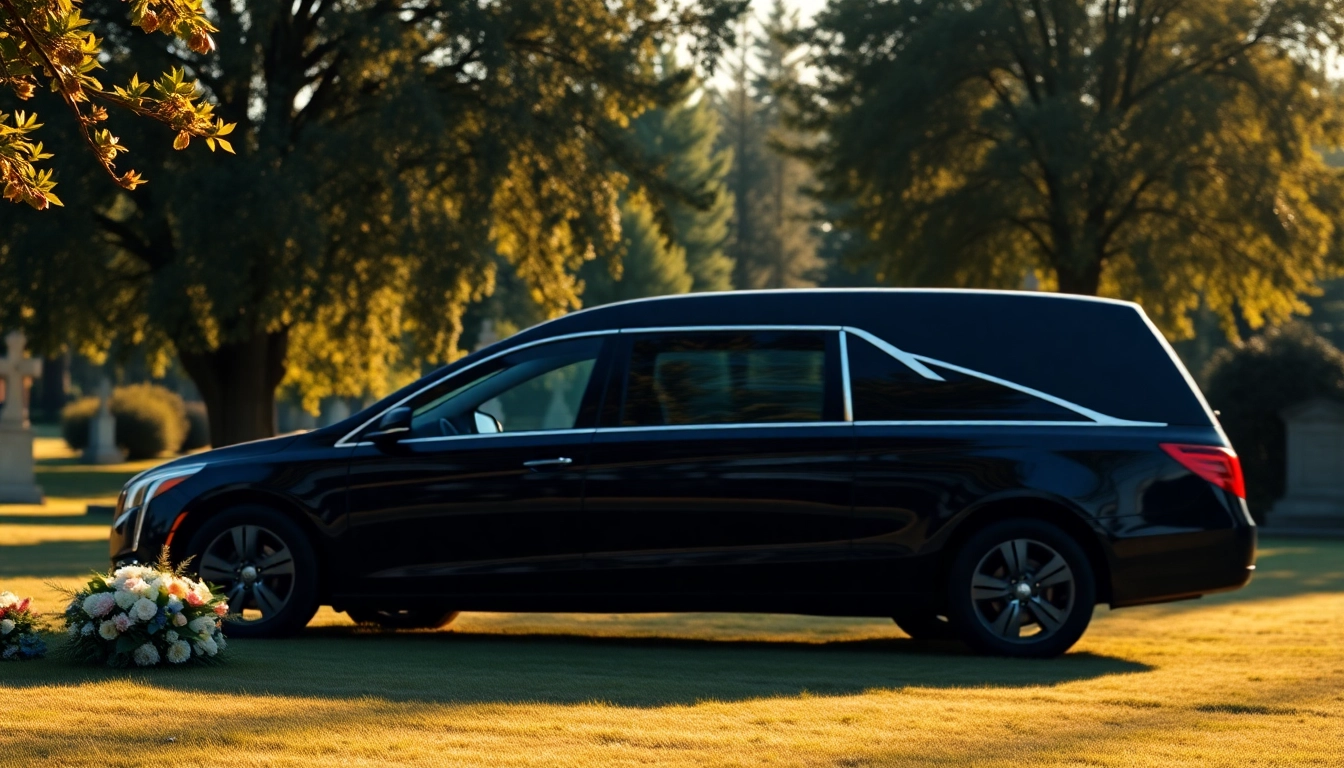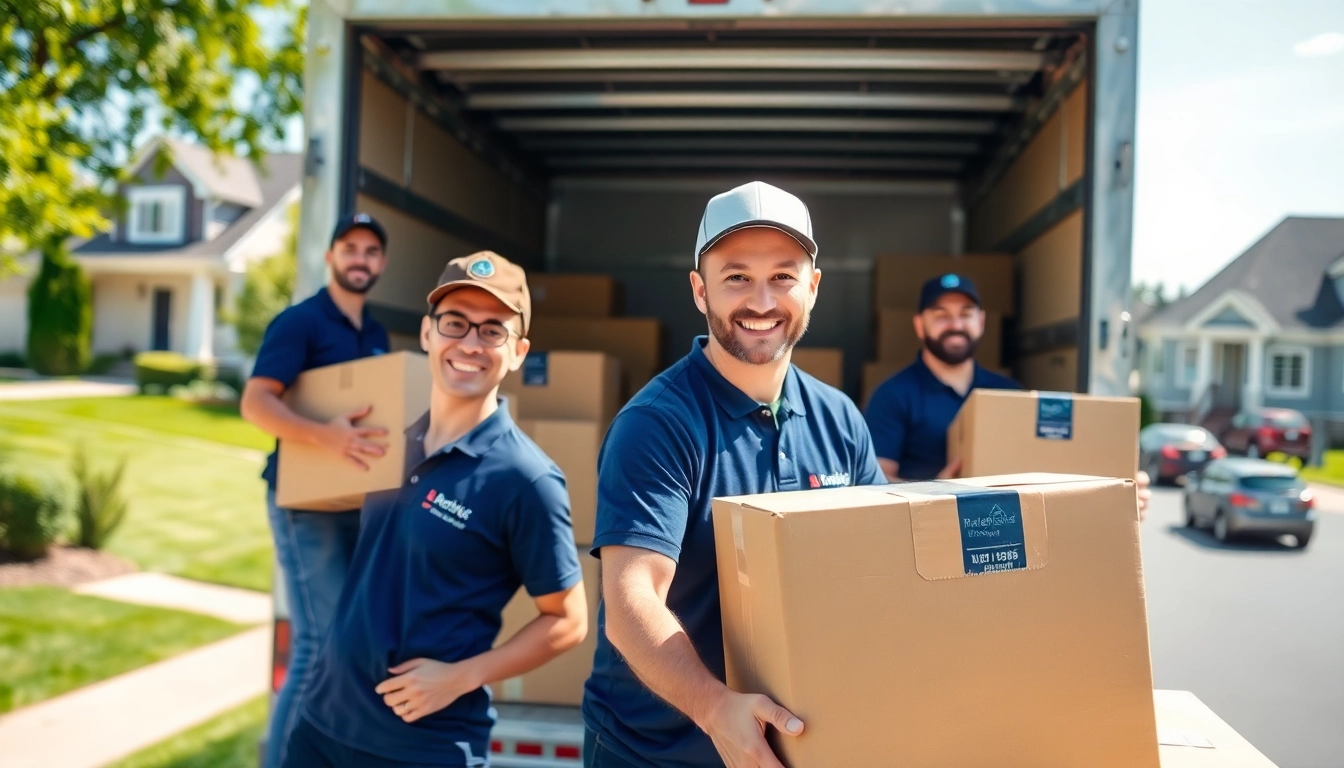Understanding Beverage Coolers
What is a Beverage Cooler?
A beverage cooler is a specialized refrigeration unit designed to store a variety of drinks at optimal temperatures, enhancing both the flavor and freshness of beverages. Unlike standard refrigerators, which typically maintain a relatively higher temperature range, beverage coolers are engineered to achieve lower temperatures more efficiently. This makes them ideal for preserving the quality of beers, wines, sodas, and other beverage varieties. Their consideration for aesthetics often leads to designs that blend seamlessly with home or commercial environments, featuring glass doors and stylish finishes.
Common Types of Beverage Coolers
Beverage coolers come in various styles, including:
- Wine Coolers: Specifically designed to maintain optimal conditions for wine storage, these units usually have more precise temperature control to preserve the integrity of the wine.
- Beer Coolers: Often used in bars or homes, beer coolers are built to store large quantities of beer at ideal drinking temperatures, usually ranging from 38°F to 55°F.
- General Beverage Refrigerators: These versatile coolers can accommodate a range of beverages, including water, soda, and energy drinks, offering different shelving configurations to maximize space.
How Beverage Coolers Work
Beverage coolers operate on similar principles to standard refrigerators, utilizing a refrigeration cycle to remove heat from the interior and expel it outside. They often employ evaporators and condensers, which work together to circulate refrigerant. The key components include:
- Evaporator Coil: Absorbs heat from the interior, causing the refrigerant to evaporate and cool down.
- Compressor: Compresses the evaporated refrigerant and circulates it through the system.
- Condenser Coil: Releases the absorbed heat from the refrigerant, allowing it to condense back into a liquid state.
This cycle continues, effectively keeping the interior of the beverage cooler at a constant, cool temperature appropriate for the stored drinks.
Signs Your Beverage Cooler Needs Repair
Identifying Cooling Issues
One of the most significant indicators that your beverage cooler requires repair is the failure to maintain a consistent temperature. If you notice that drinks are not as cold as they used to be, or if the cooler emits warm air, it could be due to a malfunction in the compressor or thermostat. It’s crucial to regularly check the internal temperature; most beverage coolers should maintain between 35°F and 50°F.
Unusual Noises and Their Significance
Beverage coolers usually run quietly, so any unusual noises should be taken seriously. Common sounds include:
- Banging or Clanking: This could indicate loose parts or a malfunctioning compressor.
- High-pitched Whining: Often linked to a failing fan or motor.
- Continuous Humming: Could suggest that the unit is struggling to cool effectively.
If these noises persist, it may be time for a check-up or repair.
Frequent Temperature Fluctuations
Stable temperature is vital for beverage preservation. If your cooler exhibits frequent swings in temperature, this could be a sign of a malfunctioning thermostat or an issue with airflow due to blockages. Keep an eye on how quickly the temperature rebounds after placing new beverages inside; if it takes too long, service may be required.
DIY Beverage Cooler Repair Steps
Basic Tools and Equipment Needed
Should you decide to troubleshoot common issues in your beverage cooler yourself, having the right tools can make the process easier and more efficient. Essential tools for basic repair tasks include:
- Screwdriver set (flathead and Phillips)
- Multimeter for electrical diagnostics
- Replacement fuses or components
- Adjustable wrench
- Cleaning materials (brushes and cloths)
Step-by-Step Repair Guide for Common Issues
Below are some common beverage cooler issues that you might be able to resolve:
1. Temperature Problems
If your cooler isn’t cooling properly, follow these steps:
- Check the Temperature Setting: Ensure it’s set to the desired range.
- Inspect the Condenser Coils: Dust and debris can inhibit efficiency. Clean thoroughly with a vacuum or brush.
- Examine the Door Seal: Ensure there are no gaps that could allow warm air to enter.
- Test the Thermostat: Use a multimeter to check if the thermostat is functioning correctly.
2. Noisy Operation
Sounds from your cooler can often be resolved with a few checks:
- Level the Cooler: If it’s uneven, adjust its feet to minimize vibrations.
- Inspect the Fan Blades: Make sure they’re not obstructed and are spinning freely.
- Secure Loose Components: Check screws and parts to ensure everything is tightened.
3. Water Leaking
If you notice leaks, it’s critical to locate the source:
- Inspect the Drain Pan: Ensure it’s in place and not overfilled.
- Check for Clogs: If the drain line is plugged, clear it to facilitate proper drainage.
When to Call a Professional
While many issues may seem manageable, certain problems require professional intervention. If the compressor fails, or if you are dealing with refrigerant leaks, these issues not only pose risks to your cooler but can also be hazardous. If you detect a burning smell or if a unit is heating up abnormally, it’s advisable to seek professional help immediately.
Preventive Maintenance for Beverage Coolers
Regular Cleaning Tips
Regular maintenance is crucial for extending the life of your beverage cooler. Here are simple cleaning routines to follow:
- Dust the Exterior: Regularly wipe the outside of the cooler with a damp cloth to remove dust.
- Clean the Coils: At least twice a year, clean the condenser coils to enhance efficiency.
- Sanitize the Interior: Remove items and clean with a mild detergent and warm water. Rinse and dry thoroughly before restocking.
Best Practices for Long-Term Use
To ensure your beverage cooler operates like new for many years, consider these best practices:
- Keep the cooler away from direct sunlight or heat sources to maintain efficiency.
- Avoid overcrowding the cooler to ensure proper airflow.
- Monitor the temperature regularly to ensure it’s consistent and within the desired range.
Common Maintenance Mistakes to Avoid
Here are some common pitfalls to avoid during maintenance:
- Neglecting Regular Checks: Failing to regularly check temperature and performance can lead to major issues.
- Ignoring Noisy Operations: Dismissing unusual sounds can lead to bigger mechanical failures.
- Using Harsh Chemicals: Avoid abrasive cleaners that can damage surfaces and seals.
Cost Considerations in Beverage Cooler Repair
Estimating Repair Costs
Repair costs can vary widely based on issues such as component failures or the need for replacement parts. Basic repairs may cost as little as $100, while extensive repairs or refrigerant recharge services can rise to $300 or more depending on the specific fix required. Always request an estimate before consenting to service.
Cost vs. Replacement: Making the Right Choice
When faced with costly repairs, weighing the cost against the cooler’s age and overall condition is critical. If your cooler is over 10 years old and requires significant repairs, it might be more cost-effective to invest in a new unit, especially when considering energy efficiency and advanced features available in newer models.
Insurance Considerations for Appliance Repair
It’s also worth exploring whether your homeowner’s insurance covers appliance repairs. Some policies may reimburse you for repair costs or damages resulting from appliance failure. Verify the details with your insurance provider to understand your options and maximize potential benefits.



